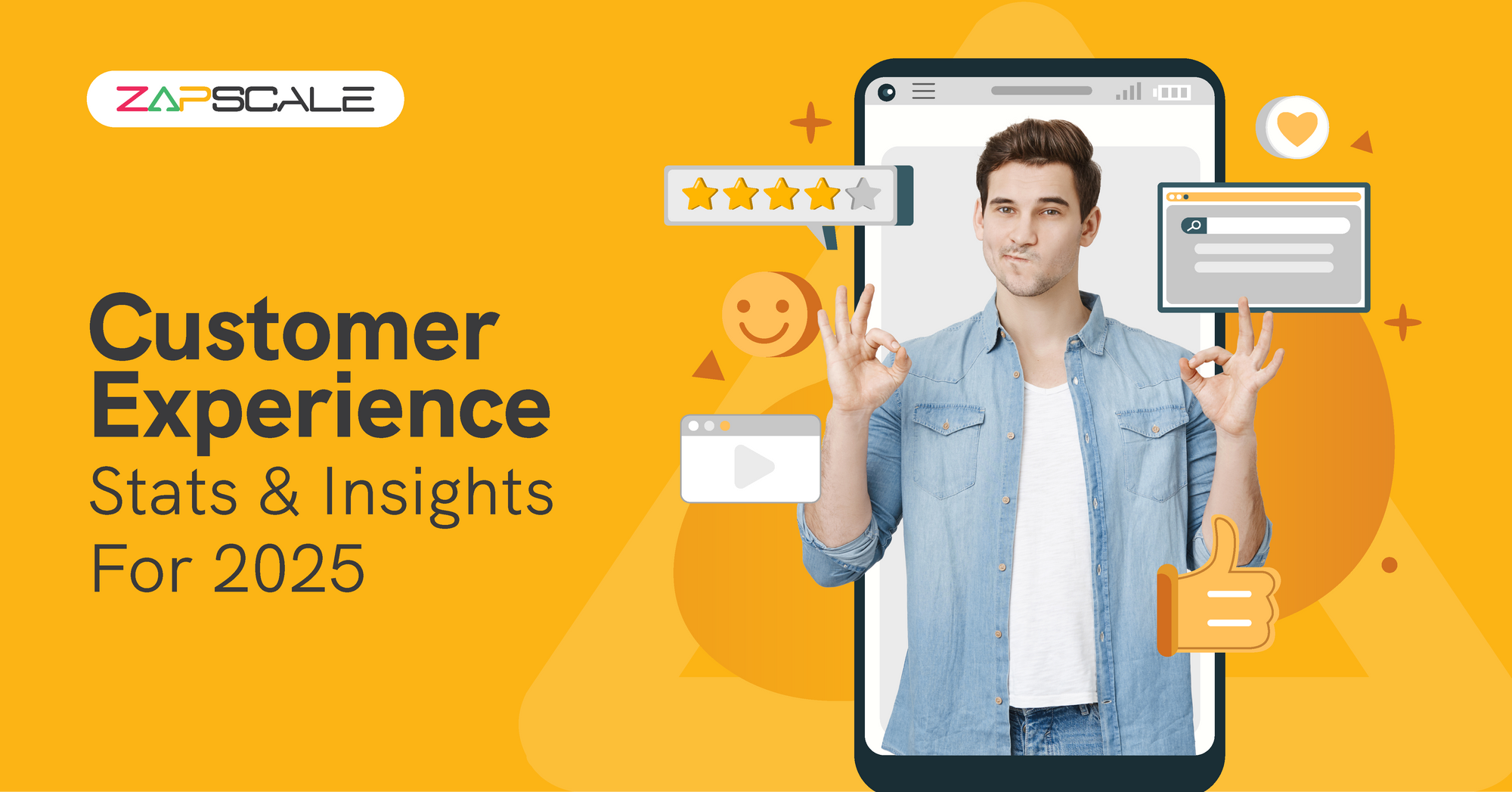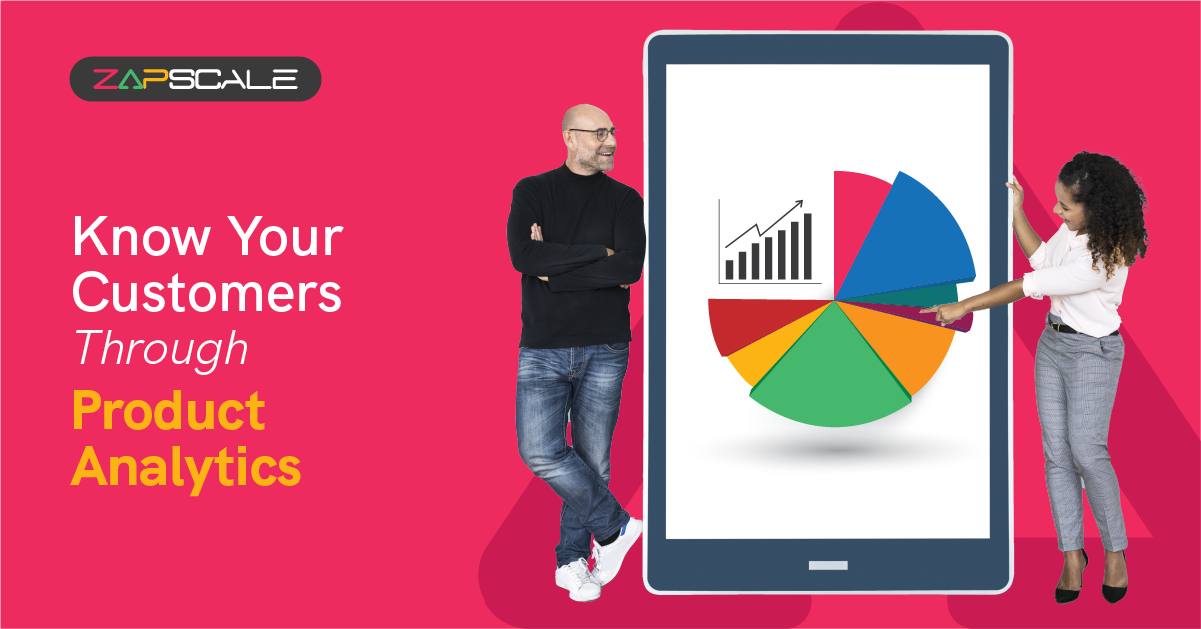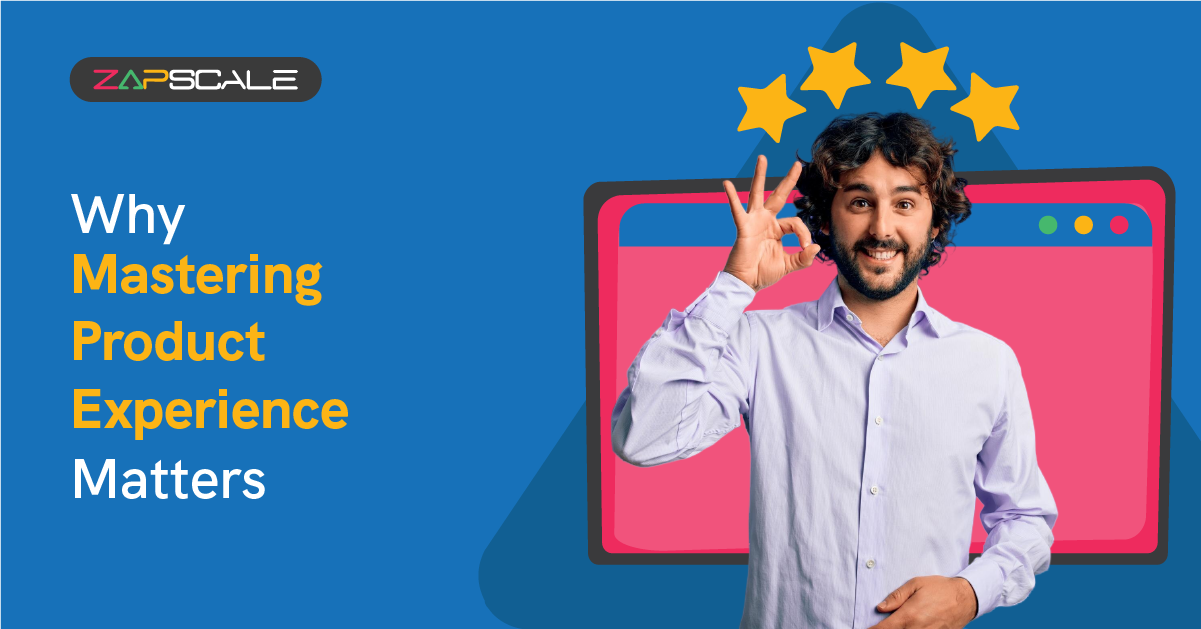CATEGORY > Customer Experience
How to bridge the Gap Between Customer Expectations and Customer Experience

Introduction
If you’ve been a CSM, new or seasoned, you know what we’re talking about?!
You’ve seen times, more often than not, where you just can’t seem to get anything right for your customer, and your mind is boggled as to “what now/next!!??!!”
Well, I am here to tell you that you aren’t alone.
With the increase in adoption of SaaS platforms and users also being curious to explore them to their advantage and make the best use of them, have an innate expectation of it serving their purpose. And rightly so. The slip that occurs between this expectation and the experience is where talking about the gap becomes essential.
‘Expectations lead to frustrations’
A wise man once said, how we wish we lived in an ideal world where there were none, but that’s not how businesses work - outcomes over anything else and I’d like it to be that way too.
Because how does one measure the results of the efforts, right?!
So, let’s dig a little deeper to understand the relationship between Customer Experience (CX) and Customer Expectations and how we minimize this gap and work in a way that isn't created in the first place!
What is Customer Experience?
Customer Experience is the feeling your customer leaves with:
1. After spending time on your platform
2. After spending time speaking with you to align themselves for success
3. After seeing the results they set out to achieve is accomplished
This brings us to then understand, how we then actualize the feeling of a good Customer Experience journey.
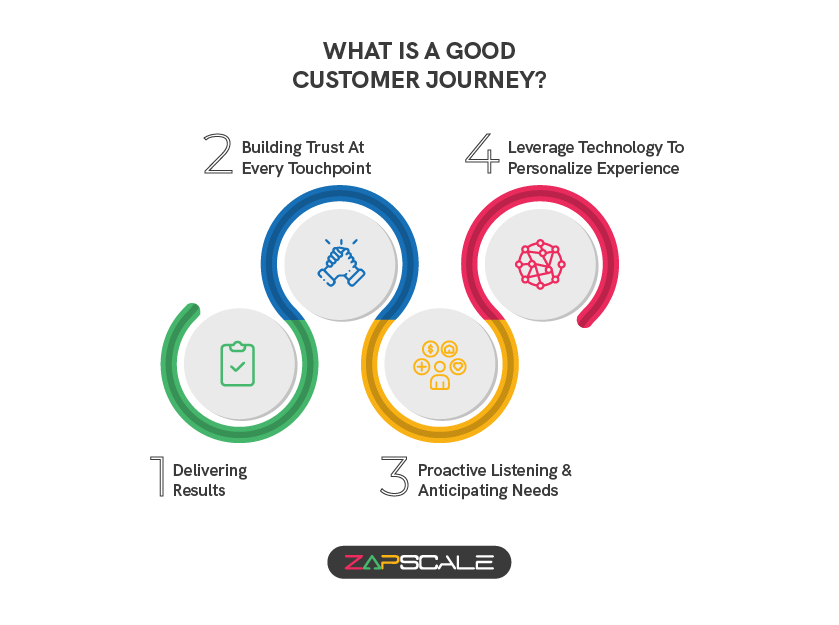
This entails:
- Delivering on promised outcomes
- Fostering a sense of trust and reliability throughout the customer journey.
- Proactive communication, where customers feel heard, understood, and supported in their journey.
- Leveraging technology and data analytics that personalize experiences tailored to each customer's needs and preferences.
Ultimately, a good Customer Experience journey is characterised by satisfaction, loyalty, and advocacy, where customers feel valued and appreciated beyond the transactional aspects of the relationship
What is the Customer Expectation gap?
The customer expectation gap is the dissatisfaction caused due to a misalignment in what was anticipated by the customer and this could arise at any part of the entire CS journey due to any of the following reasons -
- Product performance
- Customer service/support interactions
- Inconsistent marketing messages across different touchpoints
- Incomplete feedback loops i.e lack of effective communication and updates
How to bridge the gap between customer expectation and customer experience?
To bridge the gap between customer expectation and customer experience, businesses can implement the following strategies that are best explained with examples:
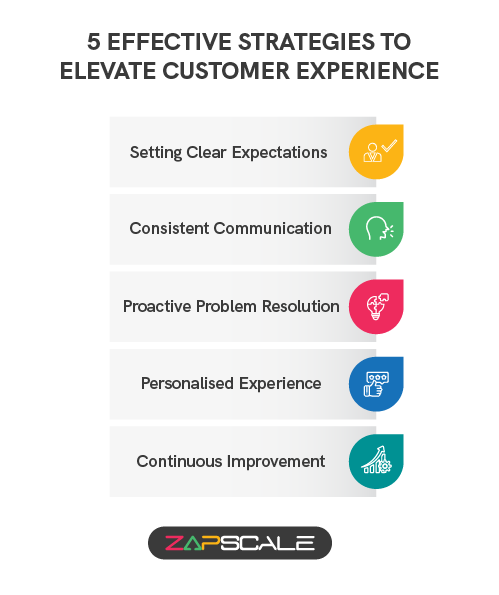
1. Setting Clear Expectations
A software company clearly outlines the features and functionalities of its product during the sales process, ensuring customers understand what to expect.
2. Consistent Communication
An e-commerce platform provides regular updates on order status and shipping, keeping customers informed and reducing uncertainty.
3. Proactive Problem Resolution
A telecom provider anticipates potential service disruptions and notifies customers in advance, offering solutions or compensation to mitigate inconvenience.
4. Personalized Experiences
A retail store utilizes data analytics to tailor product recommendations based on individual preferences and past purchase history, enhancing the shopping experience.
5. Continuous Improvement
A hospitality chain collects feedback from guests and uses it to make operational enhancements, ensuring future guests have a better experience.
Conclusion
In conclusion, bridging the gap between customer expectations and customer experience is crucial for the success and sustainability of any SaaS-based platform/product/tool.
Customer Experience is not merely about the transactional aspects of customer interaction but is a total of the feelings and perceptions a customer carries away from every touchpoint with a product.
It’s also important to understand that bridging this gap between customer expectation and customer experience is an ongoing process.
As customer preference is bound to evolve and market dynamics will shift; what’s important is that companies remain agile and responsive, continuously adapting their strategies to meet changing needs and expectations.
Sure, I did mention in the beginning that ‘expectations lead to frustrations’ but I think it’s now safe to say, not if one is well prepared, anticipates, and manages them well.
ABOUT THE AUTHOR
Popular from Customer Experience
Quality Content,
Straight To Your Inbox!
Subscribe for the latest blogs, podcasts, webinars, and events!

Write a Blog
If you have experience in CS and
a flair for writing, we’d love to
feature you.
Write to us on
hello@zapscale.com
